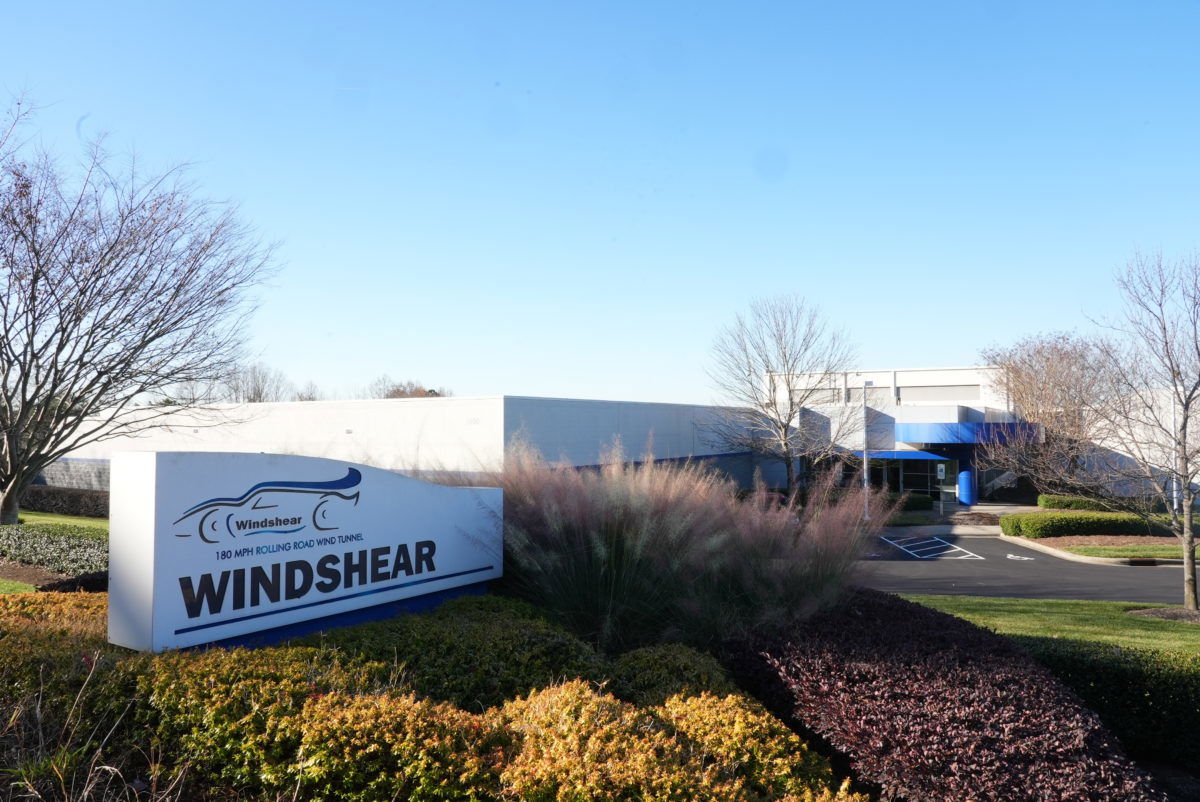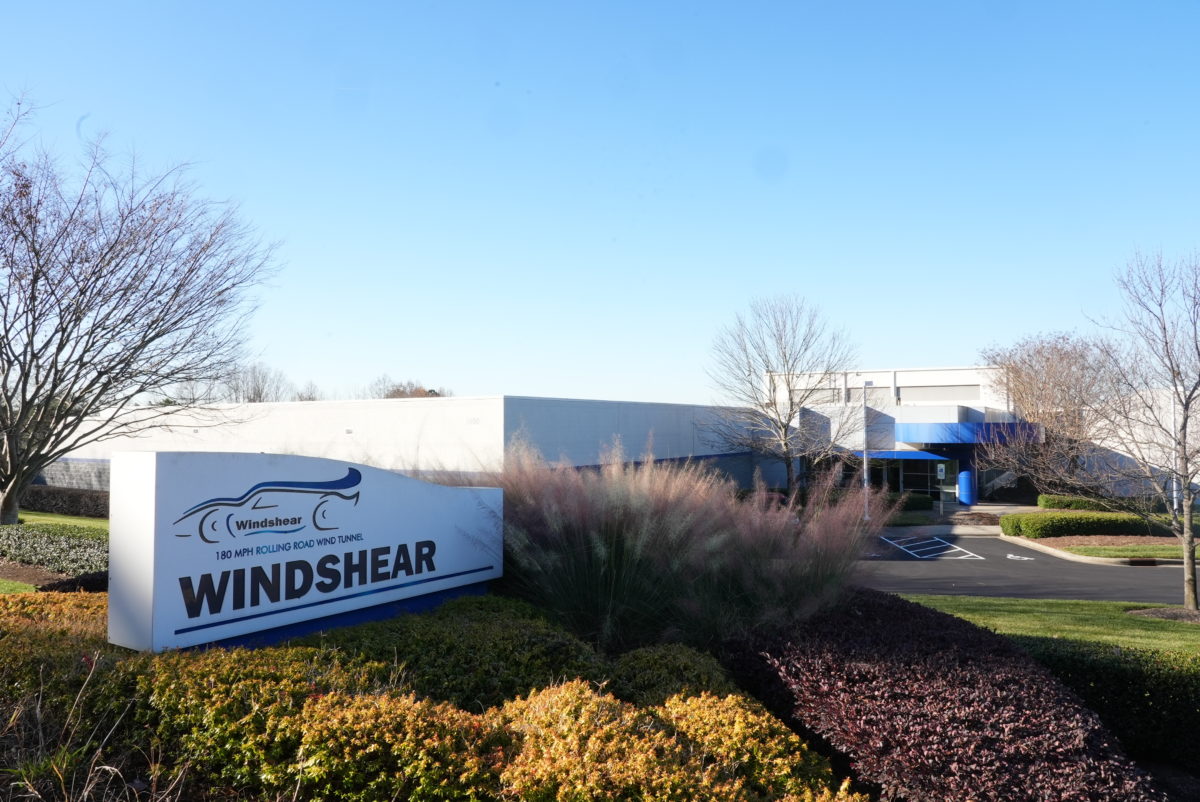

Supercars CEO Shane Howard has outlined the “significant difference” in the data generated by its recent wind tunnel test as compared to VCAT.
Homologation teams Triple Eight Race Engineering and Dick Johnson Racing provided a Camaro and Mustang respectively for the historic parity exercise at Windshear’s North Carolina facility.
Across three, 12-hour days, those cars were run on Windshear’s rolling road with various bodywork pieces, in order to establish aerodynamic parity between the Chevrolet and Ford fighters.
Previously, Supercars had relied on VCAT, a programme of straight-line airfield running, to establish aerodynamic parity and, while that method still has its supporters, the wind tunnel allows for more rigorous datasets and more repeatability.
“It is a relief,” Howard told Supercars official website at the conclusion of the wind tunnel testing.
“There is a lot of pressure and a lot of tension, there’s a lot at stake here.
“There’s such a significant difference in the amount of information between a runway test and being here at this amazing facility here at Windshear.
“For example, at a VCAT test, we did 700 to 800 kilometres [per car] in one week. Here, we’ve done [the equivalent of] over 4000.
“At a runway test, we’re assessing on three or four different points on a car on downforce and drag. Here, they’re assessing it on over 50 different properties.
“It was fantastic to be part of, to be honest. Really exciting stuff, but there’s always the pressure to get it right.”
The Chevrolet Camaro received a new aerodynamic package just before the start of the 2023 season after a second, ‘mini’ VCAT, before the Ford Mustang was changed twice during the season following official parity reviews.
The parity focus now begins to shift to engines, with transient dynamometer testing to get underway soon, while torque sensors have arrived in Australia.




















Discussion about this post